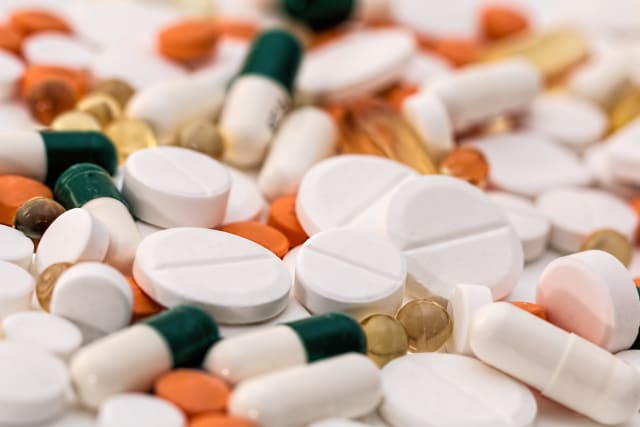Since its inception during the later decades of the last century, 3D printing (also known as additive manufacturing) has moved far beyond merely fabricating simple plastic parts. Today the technique can be used to produce much-needed medical supplies such as personal protective equipment for health care workers fighting COVID-19.
.
Among other advances, 3D printing is now also considered a serious tool to advance medicine and pharmacology through bioprinting. Bioprinting can create anatomical models of patients prior to surgery and some biological tissues, with the goal of progressing to printing whole complex organs such as the heart.
.
However, another emerging and potentially revolutionary use for 3D bioprinting is the production of pharmaceutical drugs that are tailored to meet the needs of specific patients. In 2015 the U.S. Food and Drug Administration approved the first 3D-printed pharmaceutical, SPRITAM (levetiracetam), created by Aprecia Pharmaceuticals for the treatment of seizures. Although […]
Case Study: How PepsiCo achieved 96% cost savings on tooling with 3D Printing Technology
Above: PepsiCo food, snack, and beverage product line-up/Source: PepsiCo PepsiCo turned to tooling with 3D printing...





0 Comments